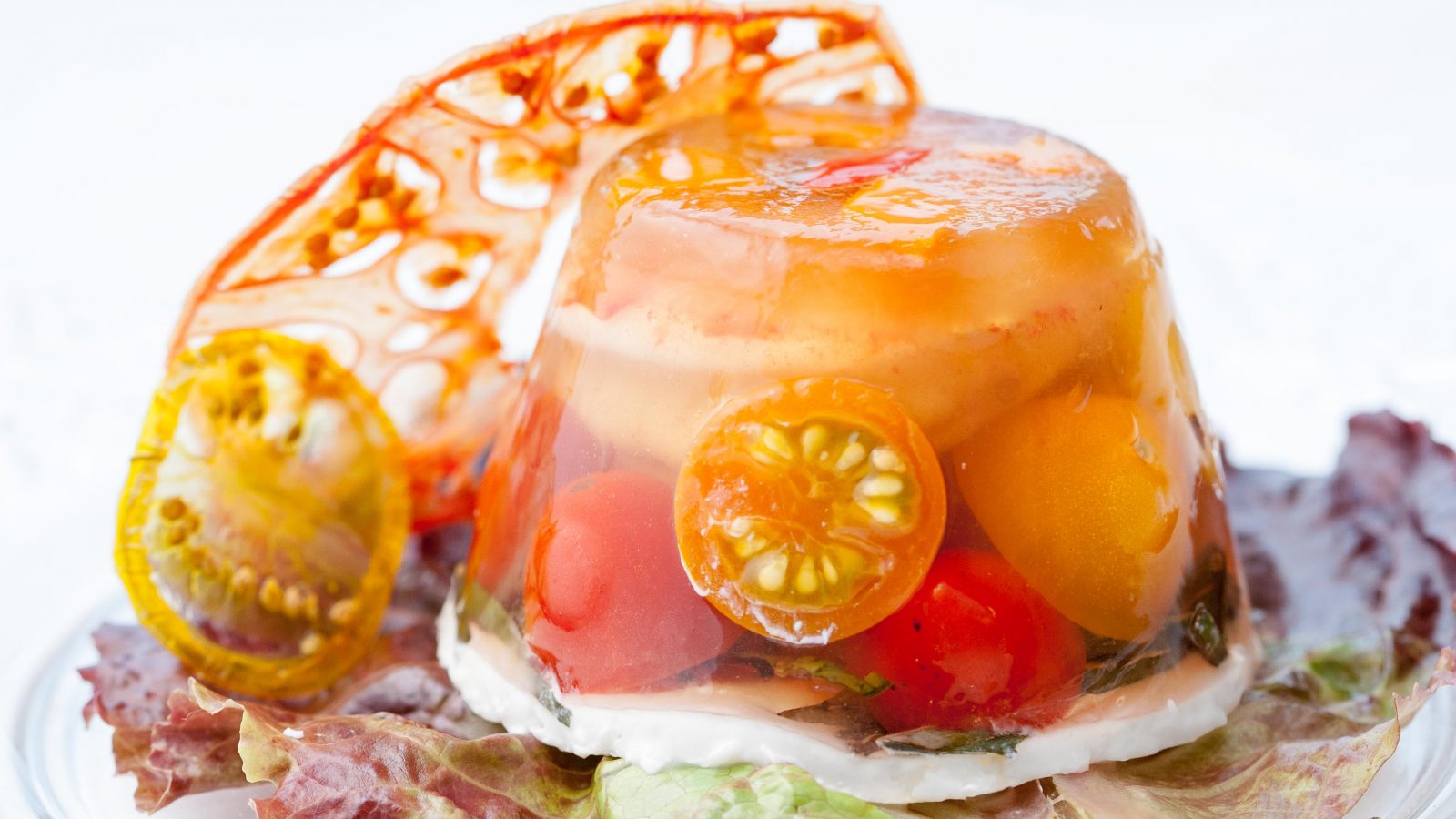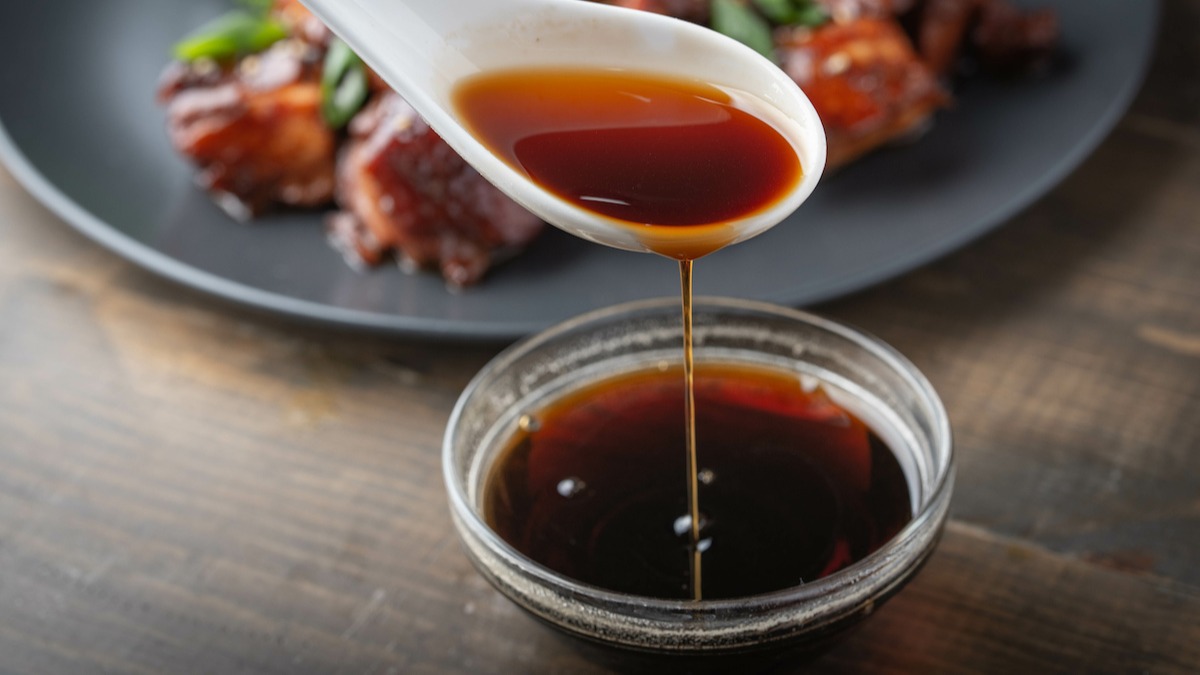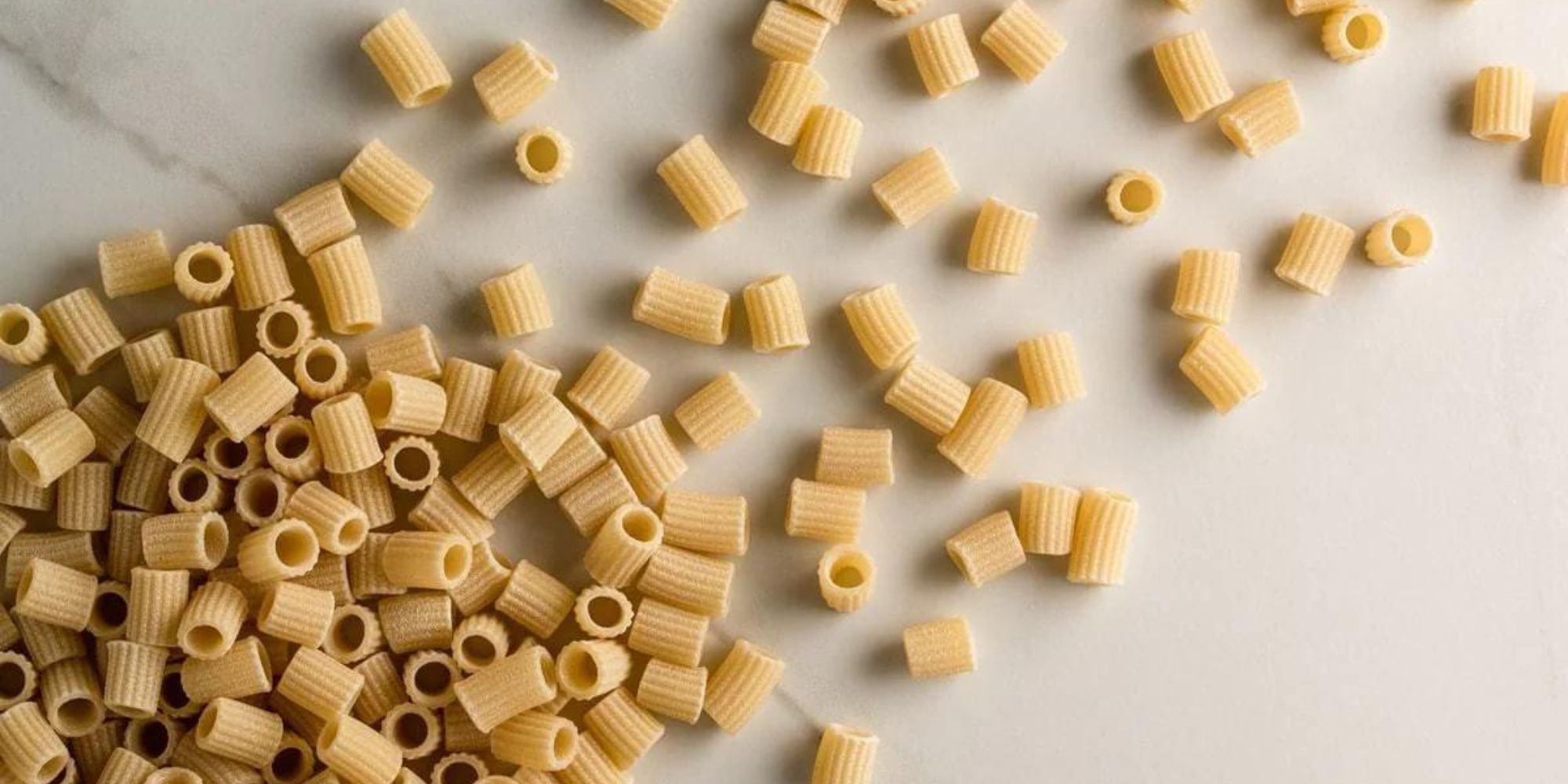When it comes to enjoying sushi, one of the key elements that can elevate the flavor of your favorite rolls is the sushi sauce. This delectable condiment adds a burst of flavor and a touch of umami to your sushi, enhancing the overall dining experience. In this article, we'll explore the different types of sushi sauces, their ingredients, and how they can enhance your sushi enjoyment.
Types of Sushi Sauce
Sushi sauces come in a variety of flavors and textures, each designed to complement different types of sushi. Some of the most popular types of sushi sauces include:
-
Soy Sauce: This classic sushi sauce is a staple in Japanese cuisine. It is made from fermented soybeans, wheat, water, and salt, resulting in a savory and salty flavor that pairs perfectly with sushi.
-
Eel Sauce: Also known as unagi sauce, this sweet and savory sauce is commonly drizzled over eel sushi rolls. It is made from a combination of soy sauce, mirin, sugar, and sake, creating a rich and flavorful glaze.
-
Spicy Mayo: A fusion of Japanese and American flavors, spicy mayo is a creamy and spicy sauce made from mayonnaise and sriracha. It adds a kick of heat to sushi rolls and is particularly popular in sushi rolls with a spicy tuna or salmon filling.
-
Ponzu Sauce: This citrus-based sauce adds a tangy and refreshing flavor to sushi. Made from a combination of soy sauce, citrus juice (such as yuzu or lemon), and mirin, ponzu sauce is often used as a dipping sauce for sashimi or drizzled over sushi rolls.
Ingredients in Sushi Sauce
The ingredients used in sushi sauce play a crucial role in determining its flavor profile. While the specific ingredients can vary depending on the type of sauce, some common components include:
-
Soy Sauce: A fundamental ingredient in many sushi sauces, soy sauce provides a salty and savory base flavor.
-
Mirin: This sweet rice wine adds a subtle sweetness to sushi sauces, balancing out the saltiness and enhancing the overall flavor.
-
Sake: Often used in combination with mirin, sake contributes a depth of flavor and complexity to sushi sauces.
-
Citrus Juice: In sauces like ponzu, citrus juice adds a bright and zesty element, cutting through the richness of the fish and rice.
-
Mayonnaise: Used in creamy sauces like spicy mayo, mayonnaise provides a smooth and rich texture, along with a hint of tanginess.
Enhancing Your Sushi Experience
Sushi sauces are not only delicious but also serve to enhance the overall sushi dining experience. Whether you prefer the classic combination of soy sauce and wasabi or enjoy experimenting with new flavor profiles, sushi sauces can elevate the flavors of your favorite rolls. Here are a few tips for making the most of sushi sauces:
-
Pairing: Different sushi sauces pair well with specific types of sushi. For example, eel sauce complements eel rolls, while spicy mayo adds a kick to spicy tuna rolls.
-
Dipping vs. Drizzling: Some sushi sauces are best used as dipping sauces, while others are ideal for drizzling over rolls. Understanding the best application for each sauce can help you make the most of its flavor.
-
Customization: Don't be afraid to customize your sushi sauces to suit your taste preferences. Whether you prefer a spicier mayo or a sweeter eel sauce, adjusting the ingredients can help you tailor the sauce to your liking.
In conclusion, sushi sauces are a vital component of the sushi dining experience, adding depth, flavor, and excitement to each bite. Whether you're a fan of traditional soy sauce or enjoy the creamy heat of spicy mayo, there's a sushi sauce out there to suit every palate. So, the next time you indulge in a plate of sushi, take a moment to savor the unique flavors that sushi sauces bring to the table.
Was this page helpful?
Read Next: What Is Treacle?











